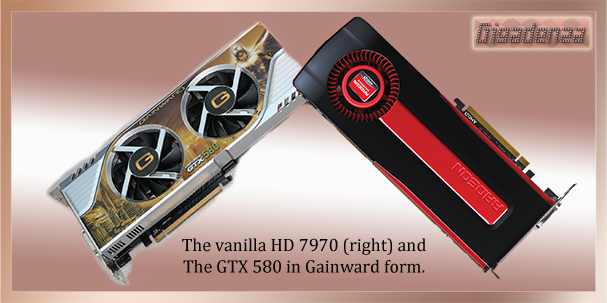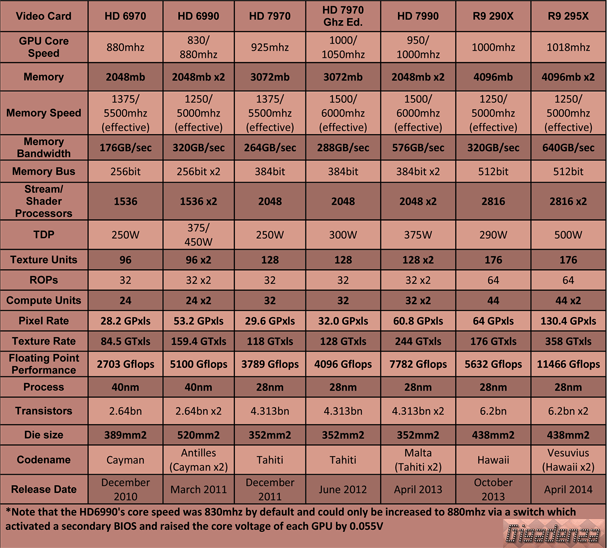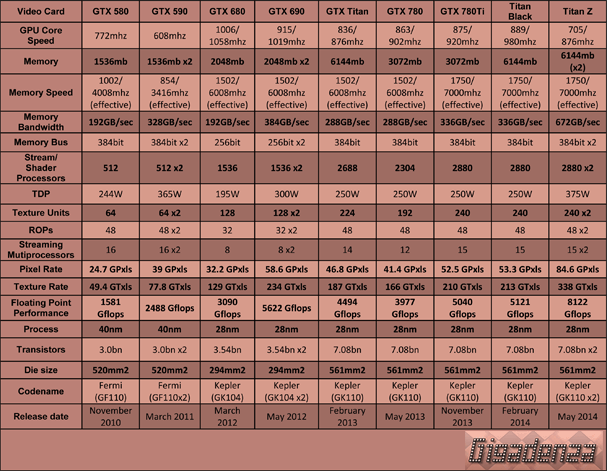


As we approached the summer of 2014, any amount of heat generated by the most intense sun in a galaxy yet to be graced by NASA sleuths could surely have never equalled, let alone surpassed that brought about by the silicon soldiers, adorned in amour of gleaming crimson and blinding verdant, and their relentless struggle for pixel conjuring perfection.
This particular phase of the battle arguably began over two years earlier, when, in Janurary 2012, AMD made the bold decision to release what was the world’s first 28nm GPU. The chip, codenamed “Thaiti” formed the basis of an exceptionally brisk family of video cards, the flagship being the HD 7970.

As was expected, its performance demonstrated marked improvements over Nvidia’s then finest, the GTX 580, a card which had impressively retained the single GPU crown throughout 2011.
Two months later, Giant Green eyes finally decided that it was time to respond, and unleashed a clutch of his own treasures, the GTX 680 being the crown jewel. The 28mn “Kepler” chip, which beat at its heart defined a new era of energy efficiency amidst high end graphical sorcery, one area in which Nvidia’s previous two generations of single GPU solutions had floundered. I am careful to again mention “single GPU” since in this somewhat retrospective take on resolution warfare it is especially important to distinguish between what is the fastest card housing just one GPU and what is the fastest card overall, for historically the latter is, almost without exception, a beast which plays host to twins.
The striving for dual GPU supremacy is similarly relentless, and the conundrum of raw performance at the cost heat, noise and eco friendliness even more difficult for both companies to master. As we observed a few chapters ago, their dual GPU offerings, though constructed around the same chips, were habitually hobbled by lower core and memory frequencies. A simple and effective solution to the risks of doubling up on an already power hungry design. This, combined with other small refinements to the manufacturing process, explains why it is dual GPU cards routinely emerge significantly later than their single GPU counterparts.
At such a point in the narrative, it is necessary to consult some tables documenting every officially released single and dual GPU flagship creation originating from messers Green and Red over the last 4 years.
First…we have AMD…

And now…Nvidia…!

Yes, I know, squint you might well , especially in the latter instance. I could of coarse have used a fancy plugin to allow any keen reader to click the images and have them willingly expand to managable proportions, though to do so would in itself hinder my conveying the potential difficulty for the customer to stay sane in the face of such profligate technological ping-pong. Moving back to our timeline, I shall attempt to do so whilst observing as many specs and features worthy of mention, or as my mind can comfortably conceive.